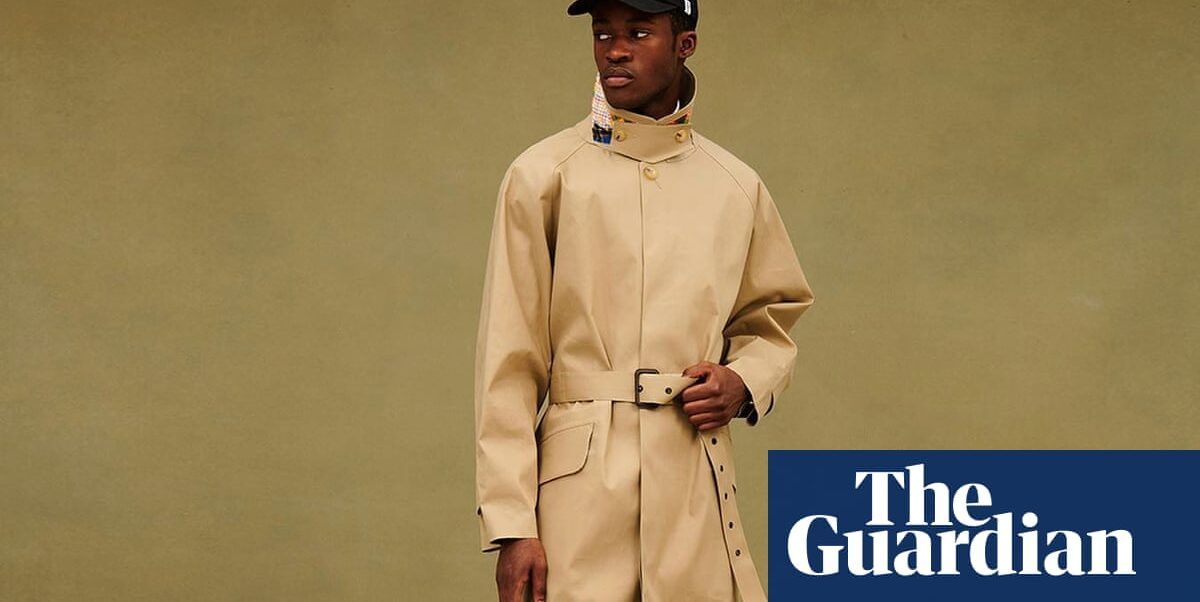
On 12 October 1823 a shop in Glasgow sold the very first rainproof overcoat made of a new material. Previously waterproof clothing had been made of heavy oiled cotton with a characteristic unpleasant smell; the new coat was lighter, odourless, and completely waterproof, thanks to a novel material described as “india rubber cloth”.
Charles Macintosh, a Scottish chemist, had patented the material four months earlier. Other attempts to create rubber clothing had been unsuccessful, and Macintosh’s secret was to use naphtha to soften the rubber before sandwiching it between two layers of fabric. This meant that even when the rubber became sticky with heat it did not affect the wearer.
The invention was an instant hit and was adopted by the army, police and others as suitable wear in Britain’s famously wet climate. The new coats became known as Mackintoshes with an extra K; in fact, the inventor’s birth name was Mcintosh.
Early versions were not ideal as the rubber tended to perish. This was solved in 1843 with vulcanised rubber made more durable by the addition of sulphur.
Two hundred years later, the Japanese company Yagi Tsusho owns the Mackintosh brand name. It now manufactures the rubbery sandwich core material in Japan before shipping it to a factory in Lancashire to be made into Mackintoshes.



